HOME > MURCIA NORTH & NORTH WEST > FORTUNA
town
Fortuna Today
Roman baths and thermal waters define the identity of Fortuna
The municipality of Fortuna lies in the north-east of the Murcia Region, covering a surface area of 148.5 square kilometres and with a population of just under 10,000 people (9,814 according to the 2015 census).
It is a municipality replete with history, its thermal waters at the heart of its identity and the core of its modern tourism industry, the town surrounded by the vast parkland of the regional park of the Sierra de la Pila to the north (which also spreads into Abarán, Blanca and Jumilla), with the contrasting Humedal del Ajauque and Rambla Salada to the south, shared with Molina de Segura, Abanilla and Santomera. Other mountainous areas include the Sierra del Corque, Sierra del Baño and Sierra del Hugar and in the south the Cabecicos Negros de Fortuna, can also be found, a small group of volcanic cones.
Geographically, it borders with the neighbouring municipalities of Abanilla (the two municipalities form what is known as the Comarca Oriental), Jumilla, Abarán, Blanca, Molina de Segura, Murcia and Santomera, and shares a short border with the municipality of Orihuela, which is part of the Province of Alicante, within the Comunidad Valenciana or Region of Valencia.
Fortuna itself has 11 different administrative districts, or pedanías: Garapacha, La Gineta, La Matanza, Caprés, Las Casicas, Peña de Zafra de arriba, Peña de Zafra de abajo, Los Baños, Fuenteblanca, Ramblada Salada and Hoya Hermosa.

Although its thermal waters provide important tourism revenue, the municipality is also known for its marble, stone and yesu quarries, and has an important agricultural tradition, conditions perfect for almond, olive and carob cultivation.
Although the Iberian tribes which inhabited the region prior to the arrival of the Romans certainly knew of, and used, the spa waters, the municipality assumed major importance during the period of Roman occupation of the modern-day Region of Murcia, when its thermal waters became a Roman tourist attraction in the first century BC.
There were two main sites; the Cueva Negra, located in the Sierra del Baño, 3 km from Fortuna and comprising three caves, orientated towards the sun, containing a natural water spring and with “tituli picti”, Latin texts painted on the walls, and the Roman thermal baths, one of the most important Roman sites in Spain.

This vast complex has still only been partially excavated and much of it still lies buried beneath the modern installations, but after the fall of the Roman Empire it fell into disuse before being re-built by the Moors when they, in turn, invaded Spain and occupied this area for 500 years.
An earthquake changed the course of the thermal waters and the Moorish baths were abandoned, the current complex built in the 19th century by Juan Cascales Font, who constructed a new complex, the "Hotel Balneario" , the oldest Balneario in the Region of Murcia and a working thermal complex and hotel today, the Balneario Leana.
Other important buildings within the municipality include the parroquial church, the Iglesia Parroquial de la Purísima Concepción, the Plaza de Juan XXIII, Ermita de San Roque, Ermita de San Antón, Casa Consistorial , the Castillico de las Peñas, the Casino, and the Castillo de los Moros.

The popular culture of the municipality is also irrevocably intertwined with the thermal waters and history of the town, the main fiestas being the Sodales Ibero-Romanos which are listed as being of “Regional Tourist Interest” and take place in August, alongside the Fiestas in honour of San Roque.
Both the Sodales Ibero-Romanos and the Kalendas Aprili which are held the week after Easter, include activities around the Cueva Negra and focus on the Roman heritage of the municipality.
Other important fiestas in the municipality include fiestas in honour of Fiesta de San Isidro Labrador in May, Semana Santa (Easter) in which more than 800 penitents participate and carnival, held 40 days before Easter Sunday.
Where is Fortuna?
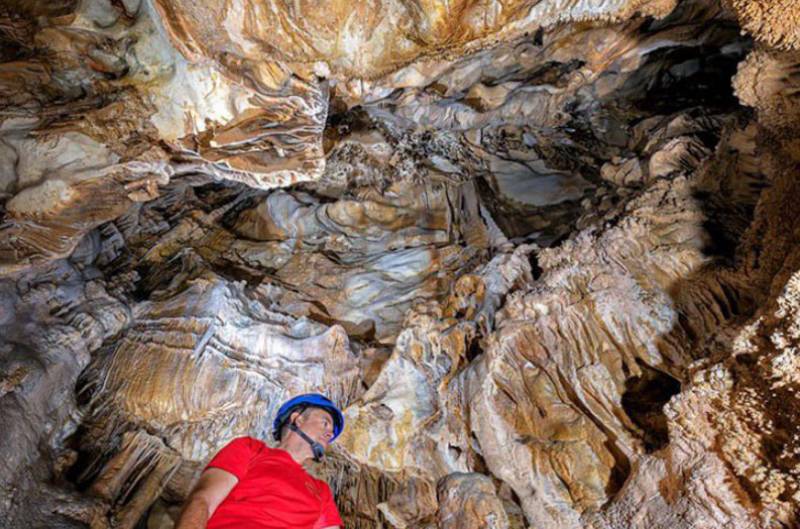
Spectacular cave visits in the Region of MurciaAdventure for all the family in unique chambers where geology and history combine to provide unique experiences The summer tourist season is drawing to a close in The Region of Murcia and throughout Europe but fortunately in the Costa Cálida there are..
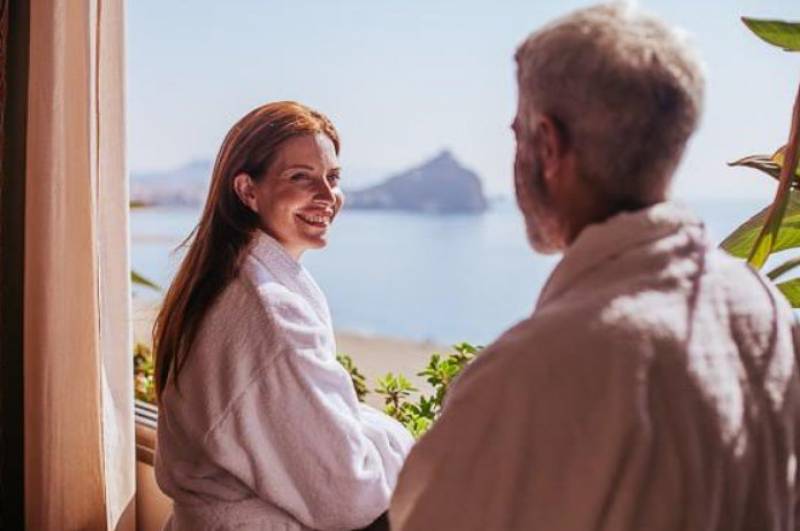
Health, beauty and relaxation destinations in the Region of MurciaLook after yourself by letting the Region of Murcia look after you! There are, of course, many reasons for visiting the Region of Murcia but as well as the climate, the beaches, the golf courses, the countryside, the mountains, the water sports, the gastronomy..
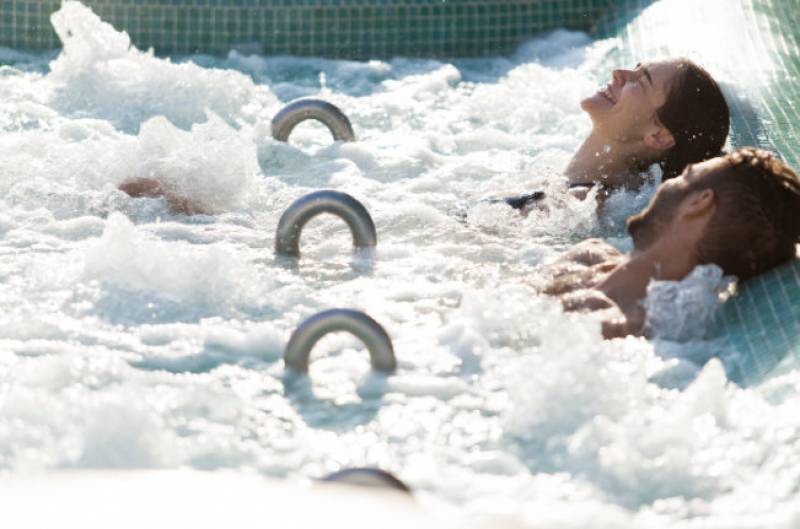
De-stress at the fabulous spa and health resorts of the Region of Murcia!Get away from it all at thermal spa resorts and thalassotherapy centres in the Costa Cálida Now that the summer holidays are over many of us are getting back into the routine of everyday life, but the Region of Murcia offers plenty of opportunities.. 01/10/2022
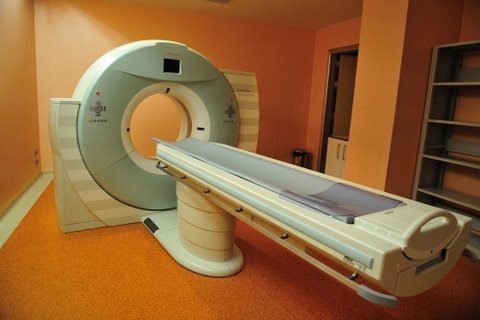
Hospitals, Region of MurciaAll major hospitals have A&E Emergency Departments Listed below are all the public hospitals in the Region of Murcia which have full Emergency services cover, plus two of the more widely used private hospitals, to which expats are often referred for tests..

Weekly markets north and north-west Murcia Regular markets in the north and north-west of Murcia Not all weekly markets are set in stone, and if they coincide with public holidays they may be cancelled or postponed. In addition, days can change, so if you're not sure a call to the relevant..
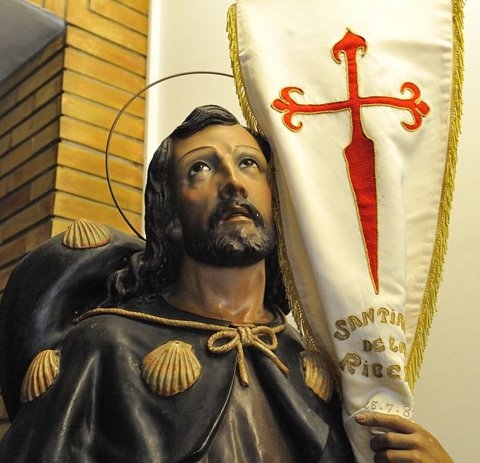
The Order of Santiago in MurciaThe Order of Santiago (1243-1856) Santiago is the Patron Saint of Spain, and is known as Saint James in English. The Order of Santiago is associated with a red cross, its tail displayed as a sword, the heraldic term for this being a fleury fitchy, and a scallop..
Contact Spanish News Today: Editorial 966 260 896 /
Office 968 018 268
News Fortuna
Whats On Fortuna
Where To Go Fortuna
Andalucia News Fortuna
Alicante News Fortuna
Lifestyle Fortuna
Spanish News Fortuna
Property Listings Fortuna
Weather Fortuna
Spanish Lifestyle Fortuna
Spanish Travel & Tourism Fortuna
Spanish Arts & Culture Fortuna
Spanish Weather Fortuna
Andalucia Weather Fortuna
Andalucia Lifestyle Fortuna
Andalucia Travel & Tourism Fortuna
Andalucia Arts & Culture Fortuna
Alicante Whats On Fortuna
Alicante Where To Go Fortuna
Alicante Lifestyle Fortuna
Alicante Weather Fortuna
Alicante Property Fortuna
Property News Fortuna
Motoring & Travel Fortuna
Spanish Property News Fortuna
Car Sales Fortuna





















